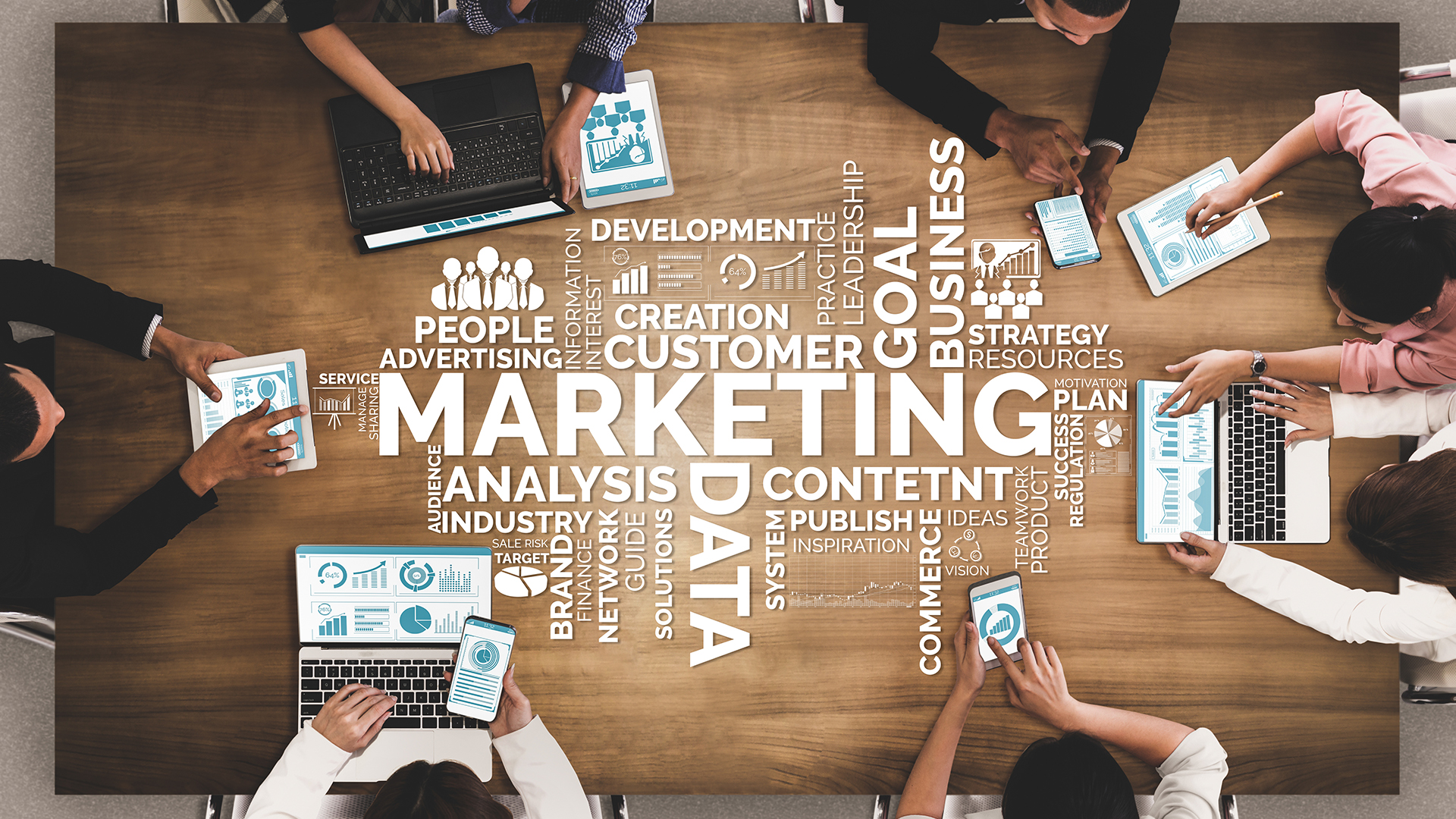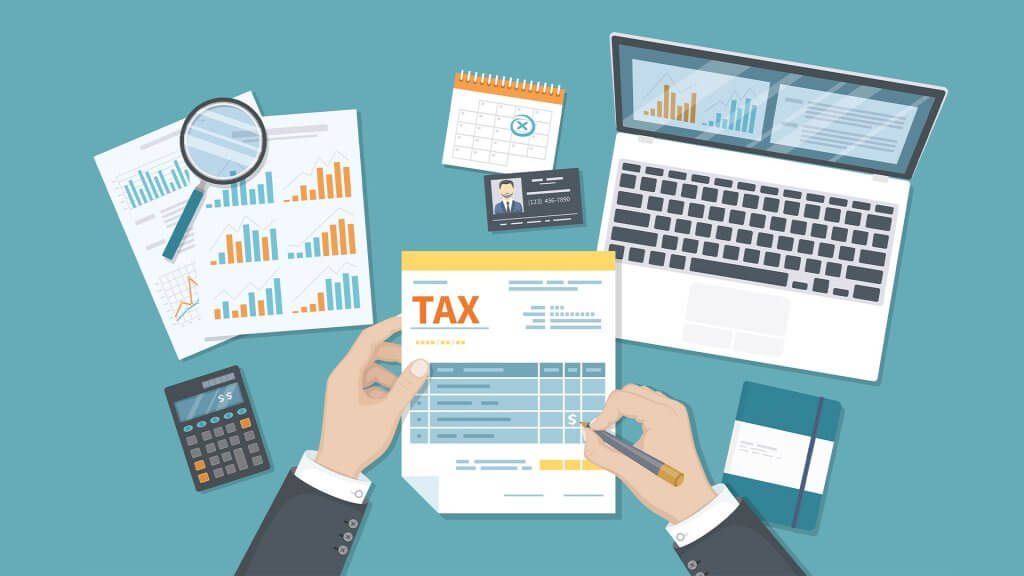
By Roger Jackson is founder and CEO of SenseCheck
We are all biased, and this isn’t a good thing for marketers. As humans, we are creatures of our evolution, life history and current environment, and therefore prone to subconscious assumptions and biases. Biases that risk harming our marketing results.
It’s not our fault. Our brains evolved with all sorts of inner mechanisms to help us survive that don’t always serve us to best effect now that we are marketers and business owners in the 21st Century. And, here’s the key point, this under the surface “stuff” impacts every single one of us, regardless of intelligence, training or life experience.
Inherently we aren’t aware of these things, even when they inform or dictate what we think and do. Most of the time they make our life simpler. Easier. But what happens when this impacts our marketing?
Bias in marketing can manifest in many ways, influencing our decision-making and strategies. We may find ourselves focusing only on data that supports our preconceived notions or assumptions about, for example, our customer, our product, or campaign effectiveness. This selectivity [they call it “confirmation bias”] can lead to complacency and missed opportunities to create campaigns that work much harder.
Another example is that our brain only shows us things it thinks we care about and ignores the missing things it thinks are unimportant. So, when you look at marketing messages, your brain is really playing tricks with you! Just Google “yellow car syndrome”.
To be good at our jobs, we need to try to flip this on its head and be conscious of our own biases. This will help us break out of the dangerous limitations they create.
Why it’s a particular problem for marketers
Because our work is subjective, the marketer’s perspective is inherently subjective, too. So, more than any other aspect of business, we are at greater risk of unwanted influence by our own personal opinions, perceptions, and life experiences. Whereas, of course, our real task it to represent our customers’ point of view.
We may rely on qualitative data, surveys and focus groups to understand consumer behaviour, but even if we have the time and money to do all this, they still can be open to interpretation and influenced by the biases of researchers and ourselves when we get the report.
Marketers invest significant time, effort, and emotional energy into developing creative campaigns and, when there is a personal attachment to the work, it can be difficult for us to maintain objectivity when evaluating what went well [and not so well]. Having our own emotions tied to the creation of a campaign is bound to cloud our judgment.
We all have a fear of failure and criticism due firstly to the substantial stakes and risk often associated with our decisions, and secondly a perception that this is connected to us as a person [our self-esteem]. This can badly inhibit our ability to view campaigns objectively.
If we are to be good at our job, more than any other professional perhaps, marketers must recognise and address our many probable biases.
External factors also bring hidden risks
Pressure from superiors and stakeholders is another huge factor that plays into our marketing decisions. This external pressure usually stems from various expectations, like achieving specific targets, meeting financial goals, or aligning with the company’s overall strategy, and can greatly influence bias.
Those in charge may be risk-averse, especially if they’ve experienced failures in the past. We, under pressure to avoid mistakes, may then opt for safer and more conventional approaches, potentially missing out on better, more innovative solutions more likely to hit the mark.
We know that in theory we should be braver to create great marketing, but that’s easy to say, harder to live with, and harder to sell upwards.
This, coupled with the pressure to conform to industry norms and benchmarks and align with what others are doing can stifle our creativity and prevent us from exploring new approaches.
The subconscious nature of our “bubble”
All of us live in a bubble, and most notably at work we live in our company bubble. In a small company this could be a small bubble but likely an incredibly passionate and intense place. That’s a huge influence on us if we are not careful.
We need to remember that our task is to see our product and business through the eyes of our customers, and we only can offset our biases by deliberately and proactively trying to see things from that perspective. From the outside.
External evaluation in marketing is a hugely valuable and often overlooked tool for ensuring objectivity and is an opportunity to gain insights from diverse perspectives, validating our thinking and boosting the effectiveness of our campaigns.
People outside of our business aren’t emotionally invested in the creation of our campaigns. They are not in our bubble. This enables them to offer a more impartial and realistic assessment.
Those providing external feedback are asked to represent the target audience’s viewpoint, meaning they can provide insights into how a campaign is likely to be perceived by customers.
Ultimately, they help us understand how well our messages resonate with our intended audience. They can also bring a fresh set of eyes and help identify ‘blind spots’ and overlooked issues that our own internal team may have missed due to their proximity to the project.
External evaluation can also help identify potential risks and pitfalls in strategies before they manifest. This allows for adjustments and mitigations, reducing the likelihood of costly mistakes.
Furthermore, if you have to convince others of your ideas, back up from a second opinion could be very influential. But, be very aware of your and others’ automatic tendency to reject a second opinion you don’t “like” it.
Strategies to mitigate bias
Seeking external perspectives is a crucial step in addressing and mitigating bias in marketing campaigns but it isn’t the only one.
Companies also need to focus on building diverse teams with members from different backgrounds, with unique experiences and perspectives. Diverse teams are more likely to identify and challenge biases, leading to more inclusive and well-rounded campaigns.
Second, businesses should be implementing robust analytics and tracking systems to objectively measure the performance of campaigns. This helps ensure they have as many hard numbers as possible to inform otherwise too subjective decisions.
Finally, companies should be aiming to collect and analyse as much direct customer feedback as they can, for example through surveys and usability testing. This will help teams understand better the perspectives of the target audience, making them more able to identify and correct biases in their messaging, design, and overall campaign approaches. Failing all else, they should phone or meet their customers, talk to them and really listen. The simplest things are often the best.
Conclusion
The time has come for us to turn the mirror back on ourselves and stop relying on just our own judgement to make decisions about who our brands are marketing to and what we want to say to attract those consumers. That judgement isn’t nearly as objective as we like to think. Our brains don’t work that way.
By catching our unconscious bias and embracing external, neutral evaluation, we can identify our own strengths and weaknesses and ensure everything we put out into the world is clear, relatable, and effective in achieving long term success and ROI.







